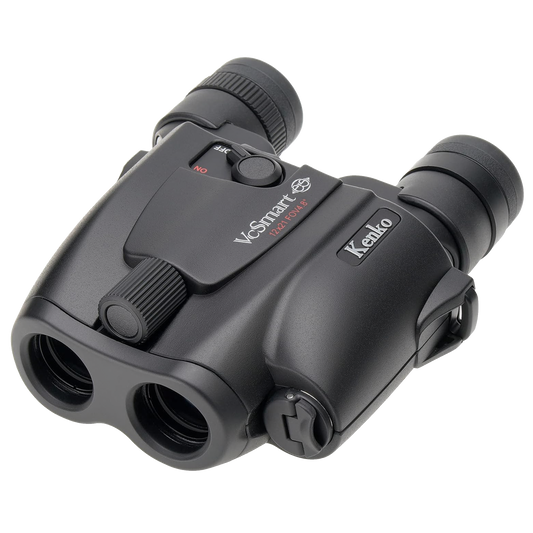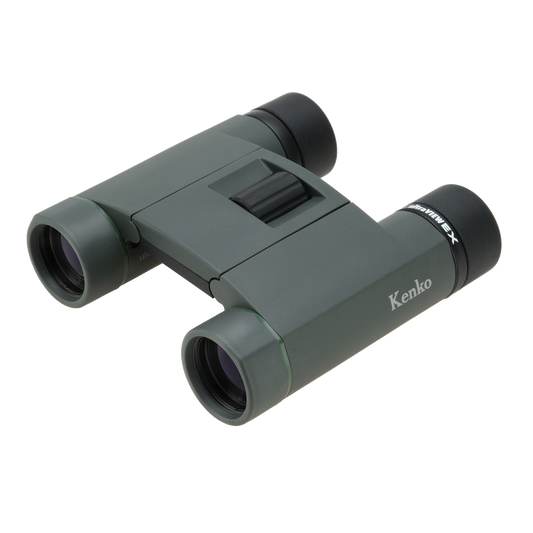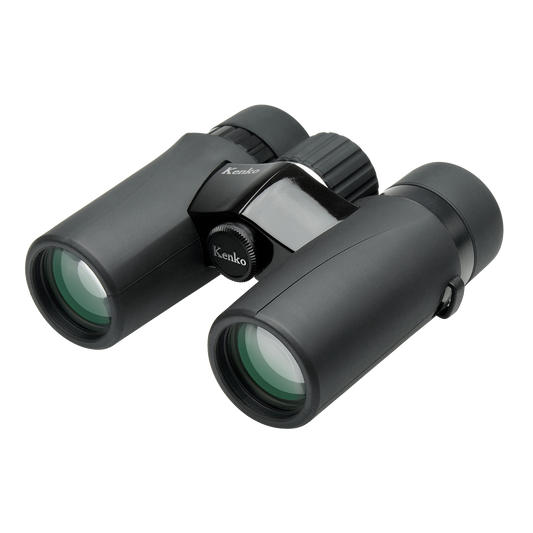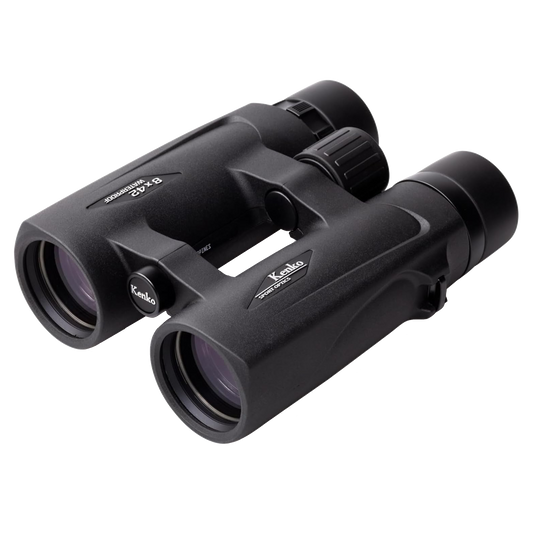
Circular Polarizers Aren't Just for Landscapes

Photo by Evan Dvorkin on Unsplash
Circular Polarizers are one of the most common and most useful tools in our bag of photography gear. Almost any photographer, even absolute beginners, know that circular polarizers can transform your landscape images into better photos with just a little bit of effort.
What some photographers don’t know, or maybe forget in the heat of taking pictures, is that circular polarizers can be used in a wide range of photographic settings and situations.
Table of Contents
- Are Filters Still Relevant?
- What Does A Circular Polarizer Do?
- Styles of Photography that Benefit from Circular Polarizers
- Helpful Circular Polarizer Reminders
Are Filters Still Relevant?
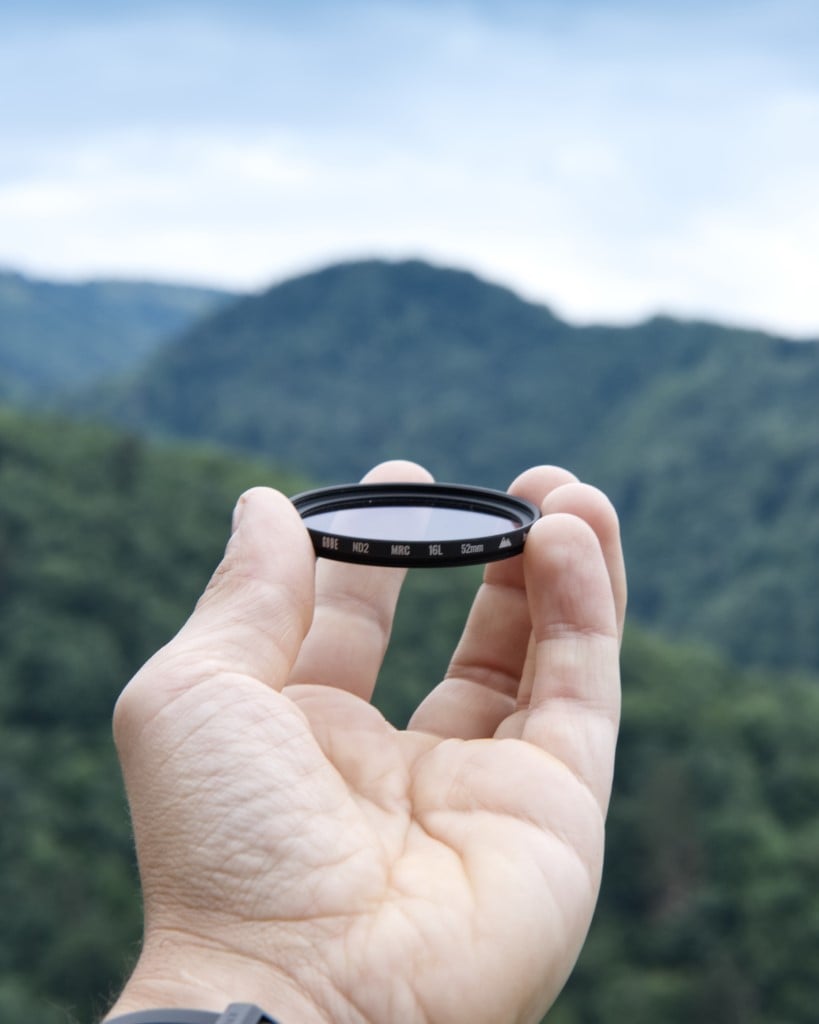
Photo by Christian Fregnan on Unsplash
Some photographers have a mindset that on-lens filters aren’t necessary in our modern digital photography world. After all, can’t we adjust everything in Photoshop or another image manipulation or post processing program?
Actually, no we can’t. Besides, some of the things that can be adjusted in post-processing are better when done in-camera. These programs are best used to enhance our images. We should still strive to make the best RAW files and JPEGs we can before we get to the processing stage.
Filter types that I hardly ever even put in my anymore are color correction filters for color films and the classic contrast filters for B&W films such as the deep red, light green, or yellow filters. Since these were all designed around and used for film photography, there isn’t much use for them for digital imaging.
Two extremely useful types of lens filters for digital photography gear are graduated neutral density (GND) filters and circular polarizer (C-PL) filters.
Recommended Landscape Photography Books:
- The Landscape Photography Book: The Step-by-Step Techniques You Need to Capture Breathtaking Landscape Photos Like the Pros
- National Geographic Greatest Landscapes: Stunning Photographs That Inspire and Astonish
- The Art, Science, and Craft of Great Landscape Photography
What Does A Circular Polarizer Do?

Photo by Tony Reid on Unsplash
How does a polarizer work? In simple terms, a polarizer filter controls polarized light. Polarized light is everywhere. Many times it’s a reflection. Light is either absorbed by or reflects off of things. From tiny dust and water molecules in the sky, to the surface of a lake or lagoon, to glass covered skyscrapers in the city, so many things reflect and polarize light.
Other objects you may recognize as reflective but that can be tamed with circular polarizers are the leaves of trees and other foliage, car and truck windshields, and facial skin.
When considering the question of why you need a polarizer, it pays to think outside the box. Almost anything reflective can be tamed by use of circular polarizers with one notable exception. Metallic reflections aren’t well controlled by a C-PL on the lens. For metal, you need to filter the light source. Easy to do in a studio, but not generally accessible outdoors in sunlight

An excellent example of a high-quality circular polarizer for many different lenses is the Kenko Puro Slim Circular Polarizer Filter.
Besides the superb optical characteristics common with all Kenko filters, I also appreciate the slim profile of the rings and mount. Thinner rings lessen the chances of vignetting with wide-angle lenses or the problems of adjusting when combined with rigid lens hoods.
Learn More:
- 5 Landscape Photography Accessories You Can’t Live Without
- Basic Landscape Photography Composition Tips
Styles of Photography that Benefit from Circular Polarizers

Photo by Ron McClenny on Unsplash
By the way, I should point out that there are two types of polarizers. The circular polarizers (C-PL) we’re discussing, and linear polarizers (PL). If you have a modern DSLR or mirrorless, stick with circular polarizers, as linear polarizers could negatively affect the in camera metering system and autofocus sensors.
Landscape

Pretty obvious why...
Large expanses of open sky. Lakes, oceans, rivers. Leaves of trees in forests and blades of grass in meadows, wet or dry. All of these have polarized light that can be tamed to produce dark blue skies with puffy clouds, deepen colors of plant life, remove glare from water and sand or rocks.
As you can see above, there is a significant difference in the results you get without a C-PL (left) and with a Kenko C-PL (right).
Cityscape and Architectural

Photo by Maurício Mascaro from Pexels
Most of the same reasons listed for landscapes apply here. Anything with lots of sky showing could benefit from circular polarizers. Cityscapes and architecture tend to have a lot of glass and stone, both of which can be very reflective. Concrete and asphalt reflect too, especially if wet.
Real Estate

Photo by Francesca Tosolini on Unsplash
Real estate is architecture. Part of what may need to be shown in real estate photography involves a lot of windows, but also tile flooring or counters, as well as polished furniture.
For real estate, you want the images to showcase the property in order to give someone a reason to make such a large purchase, so you want to realistically enhance the beauty of the home or business property.
Aerial and Drone

Photo by Derek Thomson on Unsplash
Believe it not, there are more than drone users engaging in aerial photography. Regardless of how the camera gets in the air, polarizers are a virtual necessity for aerial photography. From the air, most of the ground below reflects polarized light for one reason or another. To avoid muddled colors and lack of detail due to haze, use a polarizer.
Automotive

photo by MikeVanSchoonderwalt via iStock
Lots of glass, reflective roads, pretty colors, all of these are reasons to use circular polarizers for imaging cars, trucks, trains, and other vehicles. Just remember that bare metal and even metalized paint may not be affected much, but everything else will.
A great trick for photographing cars to make them look amazing is to wet down the pavement where they’re parked. The reflection on the ground adds to the visual appeal of the image.
People, Portraits, Weddings

Photo by mohamed Abdelgaffar from Pexels
In addition to the surroundings having polarized light, the skin of a portrait subject has a small amount of reflectivity. So does some makeup. Using a circular polarizer can enhance the natural beauty or interest of virtually any subject.
Another plus about using a polarizer for a portrait is that these filters have about 2 stops of density. Thus, you will have to either open the f-stop or change the shutter speed or ISO to compensate. If you open the f-stop, you give yourself some selective focus opportunities.
Helpful Circular Polarizer Reminders

Photo by Marc Kleen on Unsplash
These filters will affect your exposure, since they add about 2 stops of density. Your camera meter reads through the filter, so compensation will be figured in, it’s just a good idea to be aware of the added density.
Polarization is not always uniform, so large expanses of polarized scene elements may not record evenly. It’s usually only evident in sky shots, though.
Keep it clean. It’s part of your lens’ optical path, so be aware of dirt or smudges on both sides of the filter before attaching it.
Don’t relegate that C-PL filter to the bottom of the bag when shooting subjects other than landscapes! As I’ve shown you here, it's useful in many applications.
Originally posted on PhotographyTalk.com.

